Description
The Arc Eye Hawkfish (Paracirrhites arcatus) can grow up to a maximum size of around 4 inches (10 centimetres). Their bodies are predominantly dusky pink or tan like in colour, with bold neon blue and orange highlights on their face and surrounding their eyes.
Taxonomy:
The Arc Eye Hawkfish belongs to the family Cirrhitidae and the genus Paracirrhites.
Natural Habitat:
The natural habitat of these fish consists of coral reefs and rocky areas with plenty of hiding spots. They are commonly found in the Indo-Pacific region, including the Red Sea, the Maldives, and the Great Barrier Reef. They prefer areas with moderate to strong water movement.
Keeping the Arc Eye Hawkfish Healthy:
The Arc Eye Hawkfish has a care level that is considered moderate, and it requires attentive care to thrive. Maintaining stable water parameters is crucial, with temperatures ranging between 74°F and 80°F (23°C and 27°C), and a pH level of 8.1 to 8.4. Regular water changes and a high-quality protein-based diet are important for their overall health.
Special Requirements and Feeding:
These fish are carnivorous and require a varied diet consisting of small live or frozen meaty foods such as brine shrimp, mysis shrimp, and finely chopped fish or shrimp. They may also accept high-quality pellet or flake foods formulated for carnivorous fish.
How Many Should I Keep:
Arc Eye Hawkfish are generally solitary and territorial, so it is recommended to keep only one individual per tank unless the tank is very large with ample hiding spots.
Lighting Preference:
They do well under moderate to high lighting conditions in the aquarium.
Suitable Tank Mates:
Arc Eye Hawkfish can be aggressive towards smaller, peaceful fish and may eat small invertebrates. Therefore, it is best to choose tank mates that are larger, more robust, and can hold their own in case of aggression. Avoid keeping them with small shrimp, crabs, or delicate reef inhabitants.
Reproduction in the Wild:
In the wild, the Arc Eye Hawkfish (Paracirrhites arcatus) engages in reproductive behaviours to ensure the continuation of its species. During the breeding season, males establish and defend territories where they court females.
Breeding Paracirrhites arcatus:
- Set Up:
Breeding Arc Eye Hawkfish in captivity requires a well-maintained aquarium with appropriate water parameters, including a temperature range of 74°F to 80°F (23°C to 27°C) and a pH level of 8.1 to 8.4. Provide ample hiding spots using live rock structures.
- Courtship/Spawning:
The courtship behaviour of Arc Eye Hawkfish involves the male displaying vibrant colours and engaging in elaborate courtship dances to attract a female. Once a pair forms, they will engage in a spawning ritual where the female releases her eggs and the male fertilizes them externally.
- Rearing:
After spawning, it is essential to remove the eggs from the main tank to a separate rearing tank. The eggs are usually adhesive and attach to a substrate. The hatched larvae require specialized care, including the provision of suitable live foods such as rotifers and copepods for their initial feeding stages.
Sexual Dimorphism:
There is limited sexual dimorphism in the Arc Eye Hawkfish. Males and females generally have similar appearances, making it challenging to visually differentiate between the sexes.
Distribution:
The Arc Eye Hawkfish (Paracirrhites arcatus) is naturally distributed throughout the Indo-Pacific region, including the Red Sea, the Maldives, and the Great Barrier Reef. They are not commonly found as captive-bred or line-bred strains.
Summary:
The Arc Eye Hawkfish (Paracirrhites arcatus) is a captivating fish species with its vibrant colours and elongated snout. In captivity, they require attentive care, stable water parameters, and a carnivorous diet. Breeding these fish involves providing appropriate tank setup, observing courtship and spawning behaviours, and rearing the hatched larvae separately. They are naturally distributed in the Indo-Pacific region and are not commonly available as captive-bred strains.
The Fish pictured here are representative only and the livestock you receive may vary in pattern, coloration, and shape.

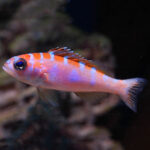
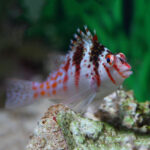
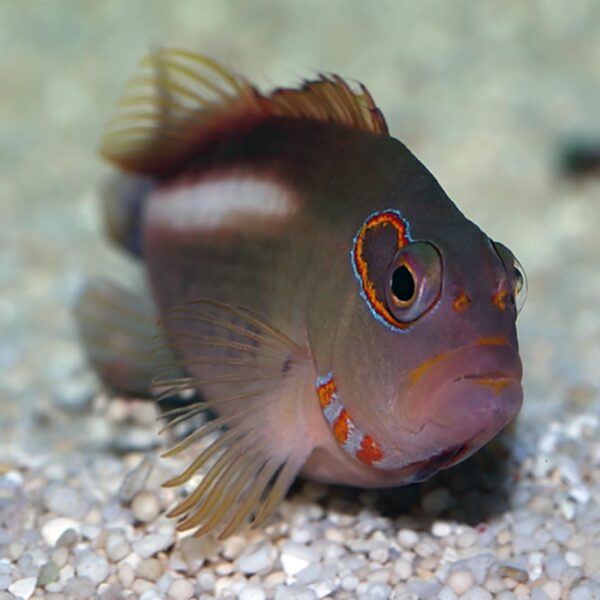


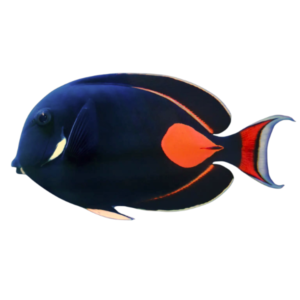
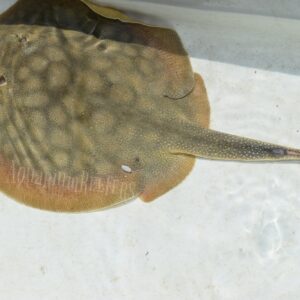
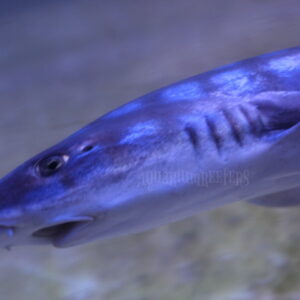
Reviews
There are no reviews yet.